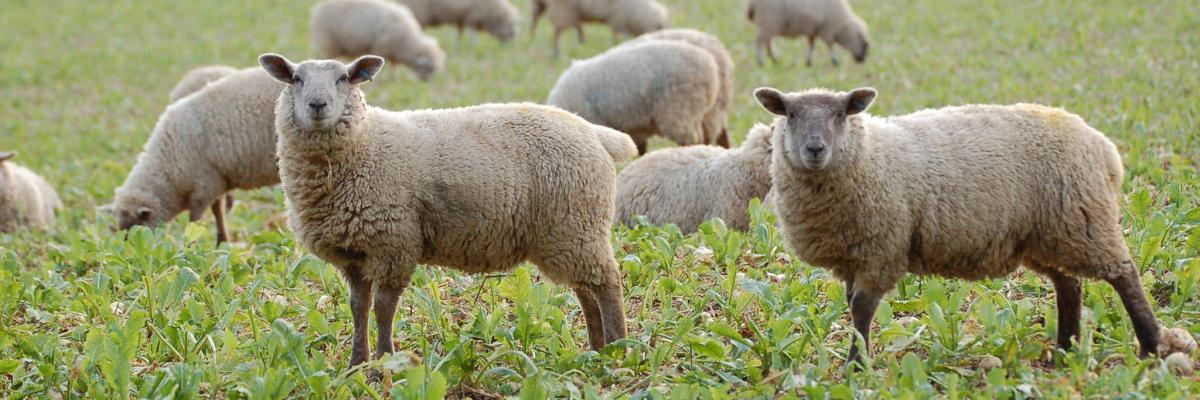

Sheep: Organic Stocking Rates
View the website
This technical summary, provided by a senior sheep consultant, offers useful facts about the relationship between clover swards and stocking rates of sheep.
Referring to clover as “the Engine of Production,” it suggests that the number of sheep you can keep directly depends on the clover content of your swards.
However it also states that it is not enough to just increase the clover seed content of your mixtures; active management is important if you want to maintain a high clover content.
It outlines the difference in supporting stocking rates with the use of clover providing a natural form of nitrogen (N) compared to applying ‘bagged’ N fertiliser.
It provides practical tips on ways you can maintain a 20% clover sward and information on what can happen to your stocking rates without using clover (based on recent Welsh and Scottish research).
There are some useful take home messages.
- To maintain a minimum 20% clover sward, there are various recommendations such as: Using small-leaved clovers and tetraploid ryegrass varieties for long-term sheep grazing pastures; maintaining adequate soil fertility; correcting nutrient deficiencies; maintaining an adequate soil pH using lime applications where appropriate; maintaining a short sward height; making sure close grazing takes place in autumn or early winter; and allowing a break from grazing during the growing season with larger-leaved varieties.
- Recent research results indicate how withdrawal of nitrogen can affect stocking rates. Two tables are used to illustrate this. One demonstrates that stocking rates fall when fertility and pH is reduced without other changes. The other shows that grass plus clover swards can provide higher stocking rates than grass without clover in the sward.
- The take home messages include:
- Tips on clover establishment before and during conversion to organic land.
- Ways of using red clover for silage and grazing.
- Organic swards based on clover still require high stocking rates in May to maintain a leafy sward rich in clover.
- When undertaking conversion, consider reducing sheep numbers and use the capital from the sale of stock to renew pastures, aiming to achieve clover dominance and sustainability.
